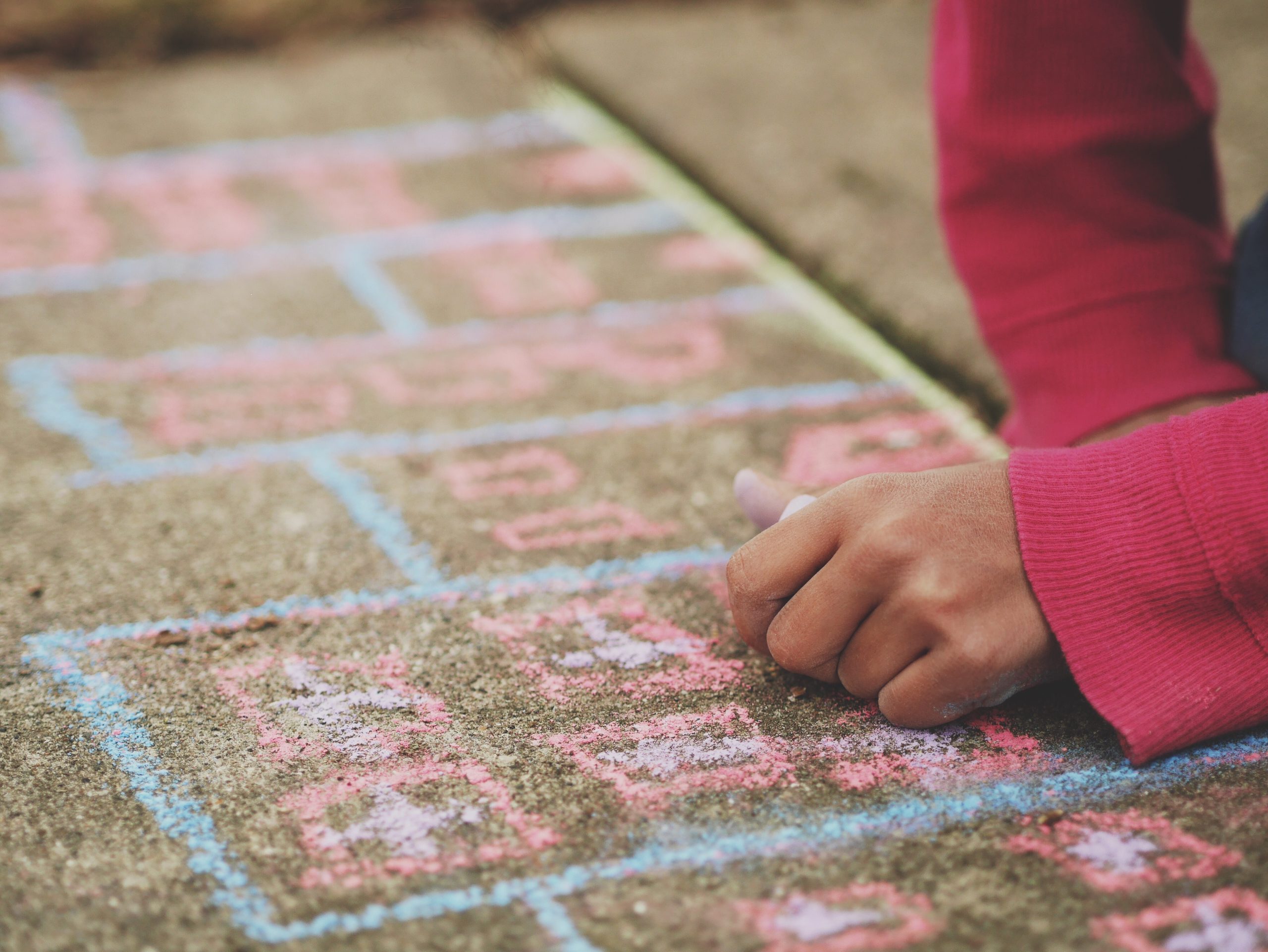Are you looking for hacks to develop you child’s visual perception skills? If so, keep reading.
1. Utilize an assortment of colored tiles to make a pattern. Get the student to duplicate the pattern while looking at the model, then finish the design from memory without using the model.
2. Put several things on a tray, such as a pencil, a flower, a penny, and a piece of gum. Let the student study the things, then put the things away and have the student find what was on the tray.
3. Get the student to practice tracing outlines of images. Worksheets with dotted lines of images, letters, numbers, etc., can be used to create eye-hand coordination.
4. Play a matching game in which hidden images, numbers, or shapes are turned over one at a time and the student must remember where the matching image is located.
5. Using images from magazines, remove an essential part of the image and ask the student to find the missing part.
6. Give instructions to the student before they are asked to begin a workbook page. Complete the first problem with the student so they know what is expected.
7. Minimize the amount of information on a page for the student (e.g., less print, fewer problems, etc.).
8. Give math problems on graph paper so the numbers are in a column in the ones, tens, and hundreds places.
9. Get writing paper color-coded so the student knows where to start and stop on the page.
10. Spotlight essential words, phrases, etc., in the student’s tasks that require reading.
11. Let the student use a typewriter to enable skills and reinforce word recognition.
12. Give the student shorter tasks, but give more of them. As the student shows success, increase the length, and decrease the number of the tasks.
13. Minimize distracting stimuli on or near the student’s desk (e.g., learning materials on the desk, things inside the desk, etc.).
14. Give the student a quiet space to work (e.g., table, “office,” etc.). This should be used as a way to lessen distractions, not as a punishment.
15. Find the student’s most efficient learning mode and use it continuously to increase the likelihood of comprehension (e.g., if the student has difficulty comprehending written information or instructions, present them orally).





